THE CONJURING (2013)
Paranormal investigators Ed and Lorraine Warren work to help a family terrorized by a dark presence in their farmhouse.
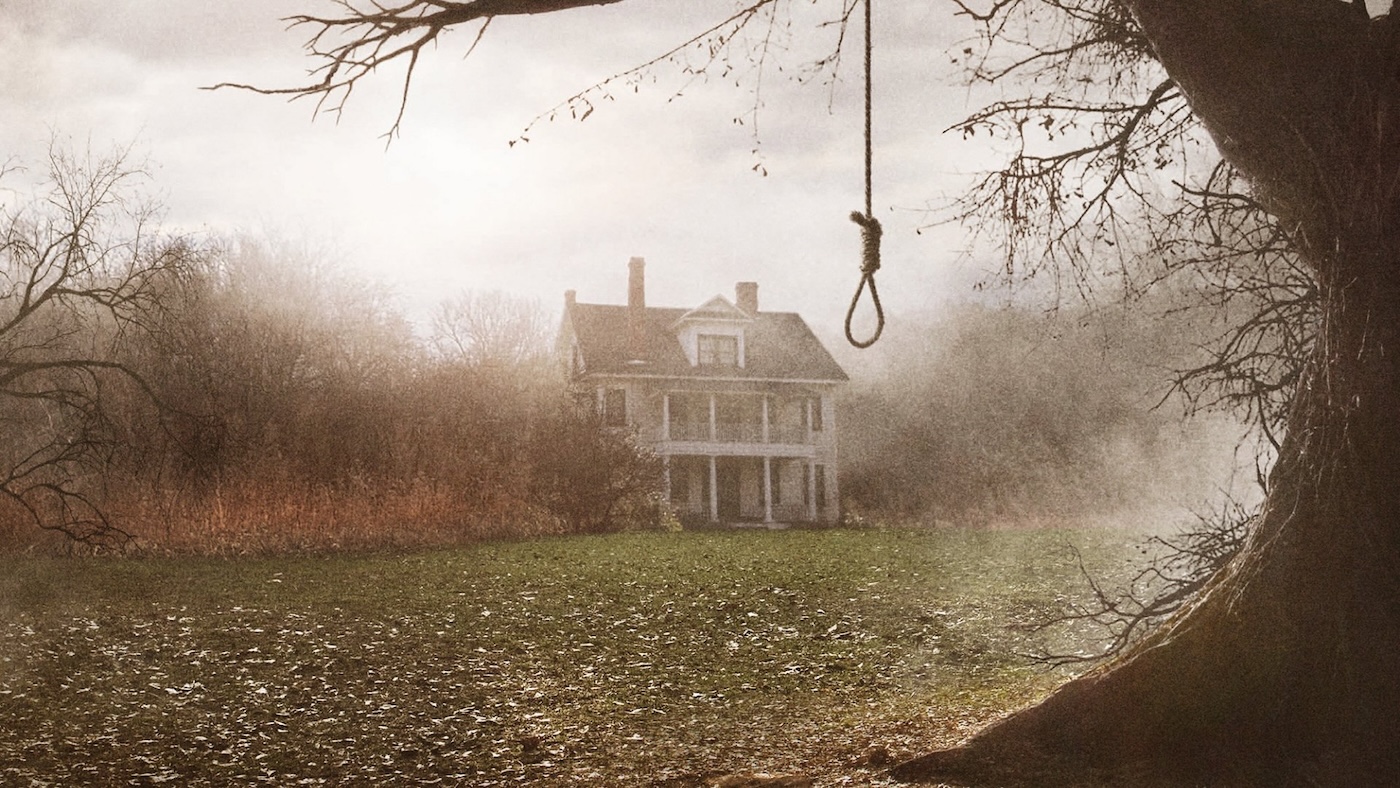
Paranormal investigators Ed and Lorraine Warren work to help a family terrorized by a dark presence in their farmhouse.


The Conjuring, which grew to become the Conjuring franchise, before being carefully rebranded as ‘The Conjuring Universe’, can feel a bit absurd. With three direct Conjuring films to date and one releasing soon, the relatively cheap-and-cheerful demon dust-ups have been varying degrees of runaway successes and dependable if modest hits.
Since The Conjuring was released in 2013, there have been numerous spin-offs, each starring a supporting ghoul from the movie. Annabelle, the sinister doll purportedly possessed by a demon who shows up at the beginning of The Conjuring, managed to bag herself three films out of the deal, while The Nun, who first rocked up in The Conjuring 2 (2016), was back in the habit for two of her own outings.
Outside of the films, there are comic books, a TV show in development, Conjuring-themed horror nights, and you can even visit the ‘Real’ Conjuring House in Rhode Island. If you’re not able to make the trip, you can visit the online gift shop which hawks ghost-hunting equipment, board games, plushies, stickers, mugs, as well as replicas of various haunted ephemera—for less than $100, you can get your very own copy of Lizzie Borden’s axe, with personal inscriptions costing a bit extra. It’s all a bit ghoulish, as if all horrors, real or invented, can be chucked into the same vague, supernatural stew.
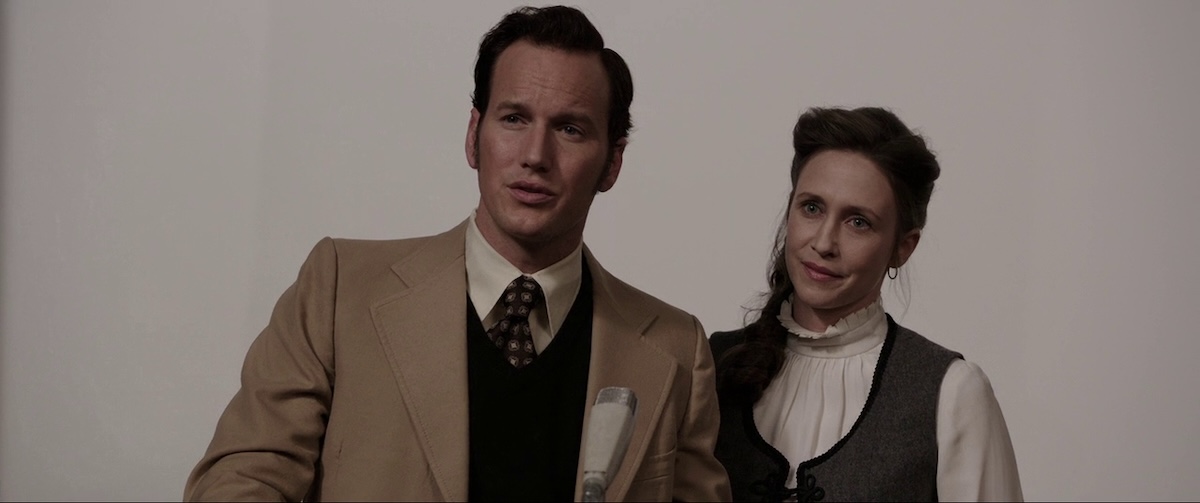
Of course, it seems unfair to pin this on 2013’s relatively humble The Conjuring, rather than the vast networks of opportunists looking to make a quick buck from the exploitation of the faith and fear of true believers. Yet James Wan’s film is so reverently respectful of Ed and Lorraine Warren, and indeed of the seriousness and sanctity of the whole demon-busting business at large, that it is a struggle to untangle The Conjuring from the claims being made around the franchise, and often within the films themselves.
The Conjuring’s title card, a punchy typewriter font, yellow on black, as if we’re digging into files of evidence, claims Lorraine Warren (Vera Farmiga) is a “gifted clairvoyant” and that she and her husband Ed (Patrick Wilson) are the world’s “most renowned” paranormal investigators, though it is unclear what the rubric is for measuring this.
The real couple didn’t look so much like movie stars. Ed looked more like the heavy in a mob film, while Lorraine’s Sunday-school-teacher vibe makes one think of pious abstinence and rulers whacked across knuckles. The self-taught investigators claimed to have tackled more than ten thousand cases, and, so that we’ll see them as scientists rather than hucksters, only once in a blue moon did they confirm a case was actually ‘paranormal’.
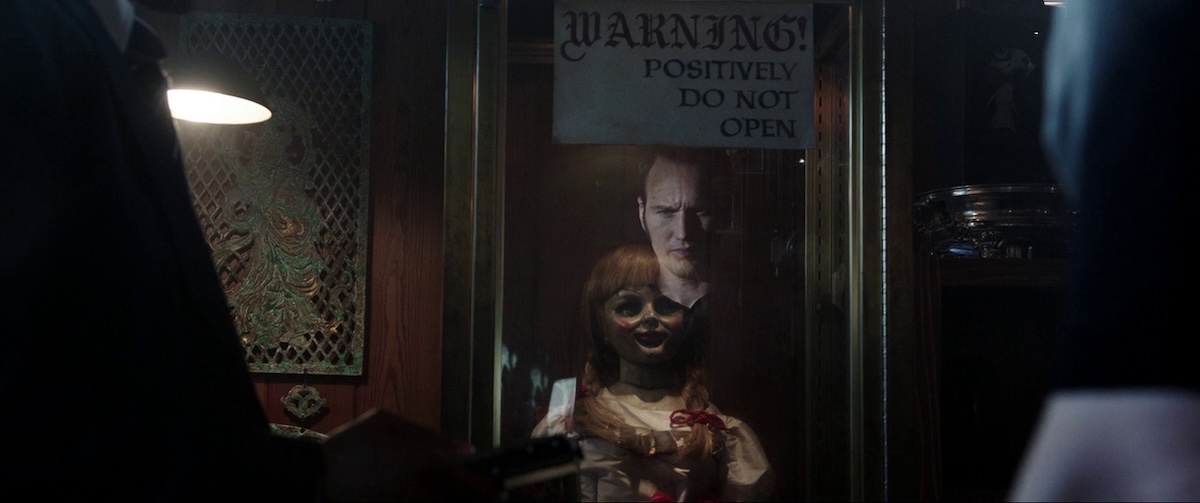
Usually, as the film shows us, knockings on walls at night can be put down to draughts, old pipes, and creaky floorboards. See, we know they’re legit because they don’t say everything is actually a demon. They’re just on a quest for the truth, like the rest of us, impartial explorers who happen to have heretofore unseen levels of sensitivity to the paranormal.
This filmic version of the Warrens is hard to resist; two gorgeous actors effortlessly stirring up chemistry whilst also dabbling in the unknowable expanse of the metaphysical…. it’s downright romantic. Wilson and Farmiga play Ed and Lorraine as people who take their work very seriously but are guided through it all by their love for each other, their romance the dowsing rod that will always lead them to the answers they seek (and to The Conjuring 2, and The Conjuring: The Devil Made Me Do It, and The Conjuring: Last Rites, and to all future Conjuring sequels and spin-offs in perpetuity).
The film itself takes their work very seriously, too, and never are we given a chance to question them. For a film ostensibly about the power of belief, we are told in no uncertain terms that within the Conjuring universe, this is all absolutely true. We see Super 8 videos of people possessed by demons and are regaled with stories from Lorraine’s personal history; never are we to question their authority. Patrick Wilson has the vaguely anonymous American handsomeness and patter of a used-car salesman or a politician, filibustering the questions of clients by rattling off the spiel: the Devil exists, and God exists, and we’ve all got to accept that fact if we’re ever going to get little scary dollies to stop walking around our houses at night. Farmiga is like fine china that you’re afraid might shatter, but actually, Lorraine’s communication with the dead has steeled her for run-ins with great evil; it’ll take a lot to break this couple.
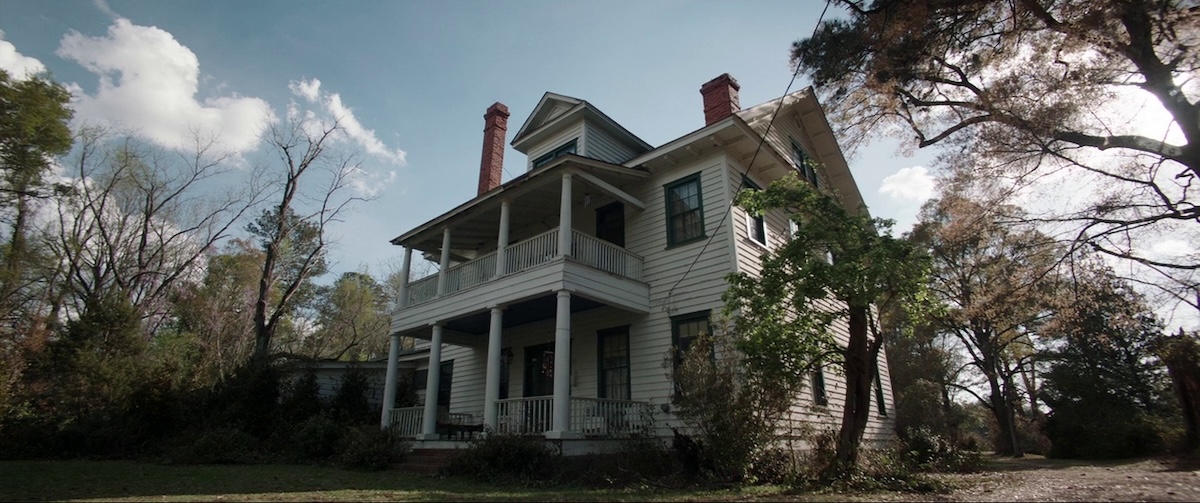
The Warrens’ estate houses a miniature museum of cursed objects from their past cases—a toy monkey with an accordion, Annabelle the doll, music boxes, crosses and crucifixes, mirrors, gargoyles and endless other demonic trinkets line the shelves or else are safely guarded behind (bullet proof?) glass, a junk-shop where even a simple rocking chair might seat satan or one of his friends. Ed rarely lets people in, and unsmilingly chastises a reporter who approaches a small toy monkey. “Don’t touch that,” he frowns. It seems the shy demons want a bit of physical cajoling before they’ll transfer into your body.
But, the Warrens haven’t seen anything yet. In 1971, a family find themselves at the whims of a legion of unseen baddies in their new Rhode Island farmhouse. Here, the film offers respite from the portentous Warren material; Wan’s camera glides through hallways and living rooms, barging through the tumult of a large family figuring out their new home.
Long Steadicam tracking shots and slow telephoto zooms give these sequences a sense of old-fashioned suspense; here, The Conjuring succeeds as not only a throwback, but as a true spiritual descendant of The Amityville Horror (1979), a film fittingly based on another “real” case the Warrens investigated.
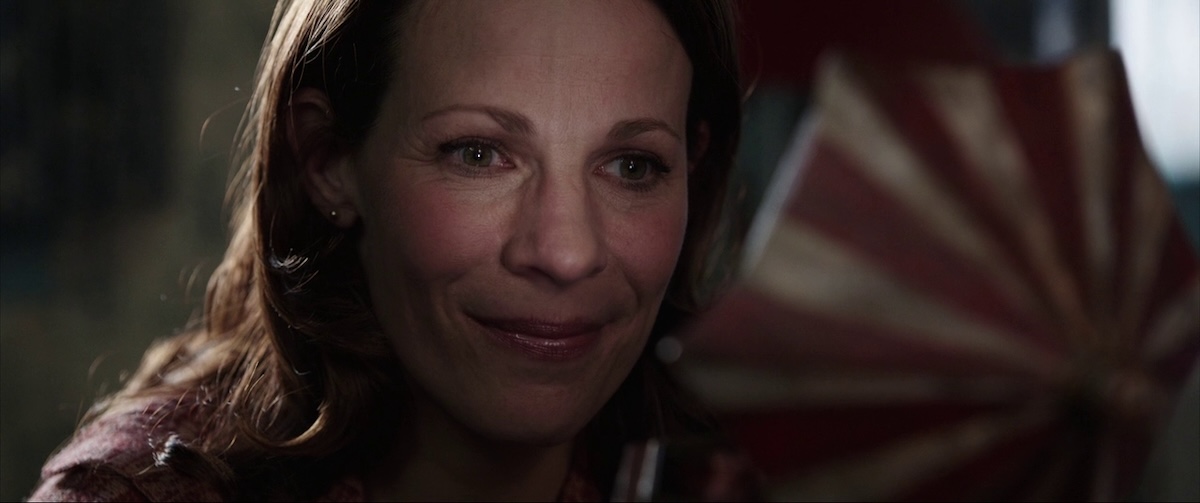
But while The Amityville Horror played with the creeping terror of parental madness, The Conjuring is more immediate, the threat more obviously alien, and easier to beat with the power of faith. Roger (Ron Livingston) and Carolyn Perron (Lili Taylor), parents to five daughters, are easy-going non-believers, at first. But a boarded-up basement, a dead dog, the mysterious fact that the clocks in the house all stop at 3:07 a.m. each night, as well as the testimony of their daughters that something is in the house—lead the parents to call in the experts.
Perhaps it is the contrast between the frowny, self-serious Warrens and the unburdened Perrons, but I find myself wanting to hang out more with Roger and Carolyn and less with Ed and Lorraine. Roger and Carolyn might be vague sketches, but Livingston and Taylor have enough goodwill, not to mention enough lived-in familiarity, that they colour the couple with an earth-bound amiability that is much needed once the Warrens come sniffing around.
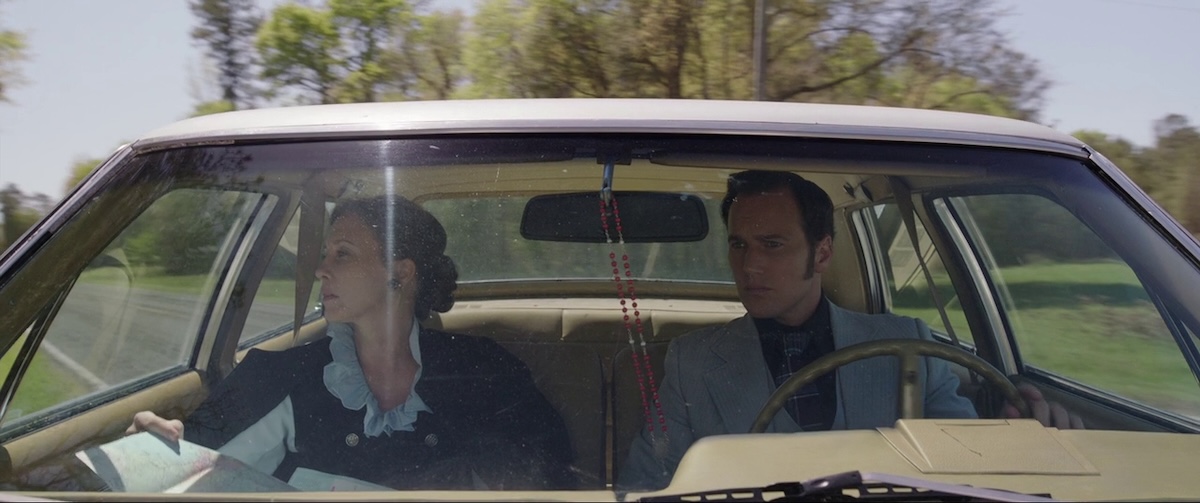
Ed asks Roger if the children were brought up religious. “We’re not really a church-going family,” Roger says. With unwavering faith that comes across more like smug condescension, Ed smiles back: “Well, you may want to rethink that.” There is no space in the Warrenverse for anyone who does not believe in their version of God, or anyone who doesn’t believe in God at all.
The real Warrens were Roman Catholics, but here their faith is simplified to a one-size-fits-all Christian God, who can vanquish any demon, and whom any victim must embrace if they hope to fight off something unholy – even evoking the name of the Lord is so horrifying to demons that they have to go home when they hear it. It seems as if demons might have found a way around that problem over the centuries—ear plugs?—but it still trips them up.
James Wan, whose tough and lean Saw (2004) remains under-appreciated for its construction and more hyped for its (relatively mild) gore moments, knows his way around a set piece, and there are plenty here that stand out. Wan has a keen eye for the geography of a space, and here every inch of the Perron household is used for scares and suspense.
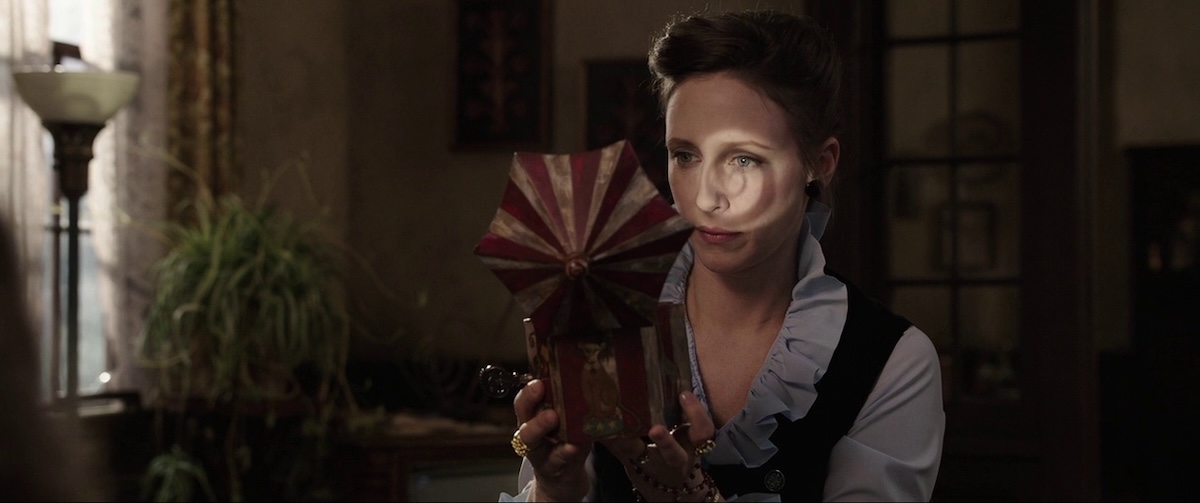
The girls’ bedrooms (wooden floorboards, wooden walls, wooden wardrobes… everything feels wooden and old, as if absorbing decades of darkness), in particular, make for some exceptionally well-crafted scares. Middle daughter Christine (Joey King) sits up in bed, and we stare into the darkness with her. We will come to see much more of the invading entities, but here the petrified words that are spoken as we try to make out shapes in the gloom are truly frightening: “there’s someone behind the door.”
Wan also has a real knack for escalation, and when he wants to, subversion. Once we’re inside the Perron house, the slow build begins, a game of misdirects, set-ups, and fake-outs ensuing, with the film’s finest (and most famous) scare bringing the suspicions to a head.
The decision early in the film to ram home just how real and genuine this all is slightly deflates any opportunities for later mind games or trickery; never are we invited to consider that this may all be a hoax. A film about the paranormal is uniquely positioned to ask its audience to interrogate what they believe, but The Conjuring can feel suffocating, particularly as it calcifies into an all-too-familiar denouement that is bereft of wonder or even mystery, devolving instead into pukey possessions and your bog-standard crucifix fuckery.
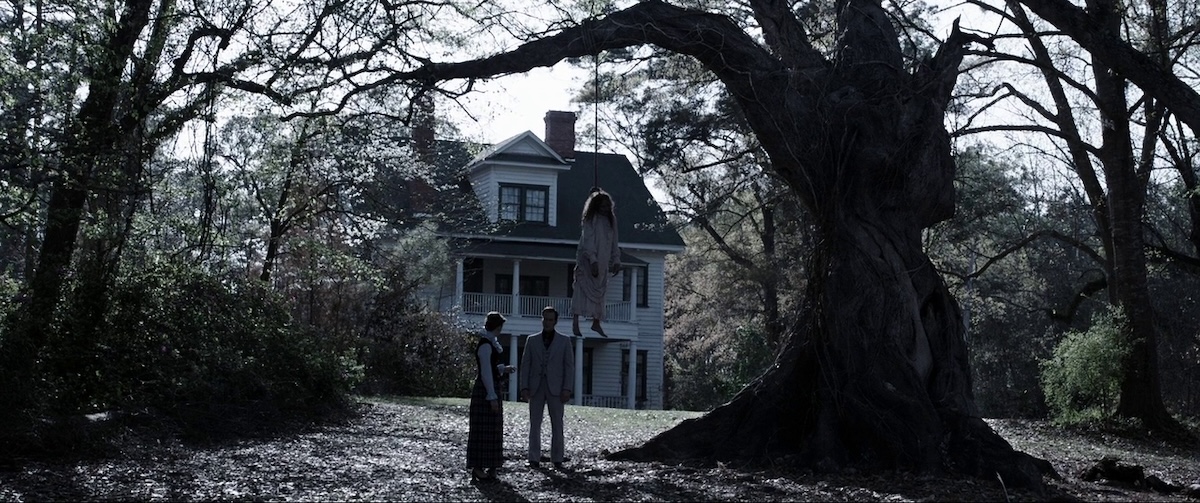
Lili Taylor, as the one chosen for possession (presumably because seeing Ron Livingston possessed by a demon might be the funniest thing in the world), brings some of her left-over madness from The Addiction (1995), growling and contorting herself as she is taken over. Taylor is one of the great unsung actors of her generation, and here she instils an otherwise underwhelming ending with real physicality, a twisting, gruesome performance that makes possession seem like a true spiritual and physical agony.
And that is supposedly who the Warrens helped: people in agony. That is what The Conjuring suggests with a straight face. We should not think about the fact that their estate is worth tens of millions of dollars, earned from book deals, film consulting fees, and speaking engagements. We should not think about the fact that they have been widely discredited by scientists as well as people actually in the paranormal investigation community; and now as the fourth film readies for release, we should even repress the allegations of sexual abuse made against the couple by Judith Penney, who was 15 years old when she met Ed, and who claims she was moved into the Warrens’ house as Ed’s paramour shortly afterwards.
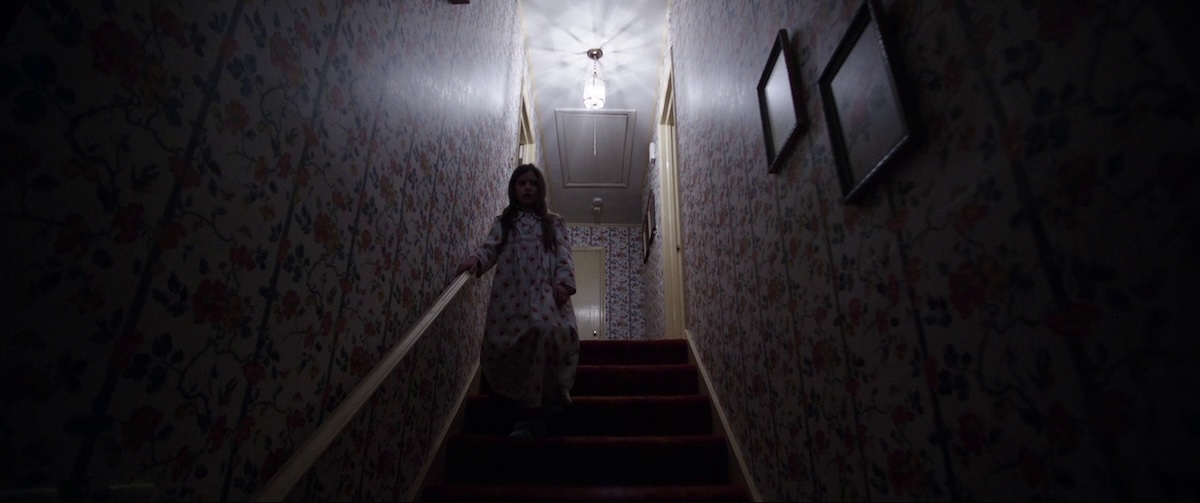
There is a lot that the continuing Conjuring franchise wants us to forget, which brings up the question of why these films should even be based on real people in the first place. It is a lot to expect a major horror film to tackle with any real insight the idea of faith and the metaphysical, or even exploitation, but then why invoke these ideas in the first place?
I thought of Tobe Hooper’s exceptional Poltergeist (1982) after revisiting The Conjuring. Poltergeist was a colossal hit and an across-the-board crowd-pleaser, a film that managed to work into its scares the idea of culpability and naivety, faith and retribution, all with a sense of spectacle and majesty. That film has psychics and ghosts, too, yet the joy of revisiting it comes from not being asked to take it all too seriously. It is rather left to our nocturnal mind to sort out what it is we truly believe.
The Conjuring can instead feel like one of Ed and Lorraine’s lectures that we see dotted throughout the film: they’re meant to be seen as educational masterclasses performed by experts, but instead come across as timeshare presentations; it isn’t hard to picture Ed with a headset mic and PowerPoint clicker decades down the line, still hawking his product.
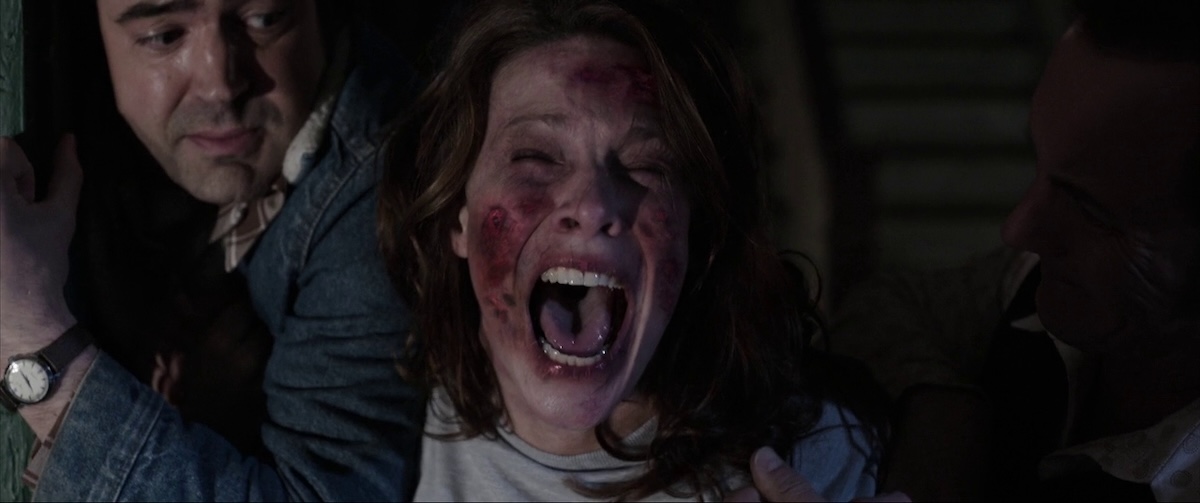
The Conjuring is a good ghost film, but struggles to have any meaning or impact as a story about faith, goodness, or evil. It also struggles to work much as a character drama, where Farmiga and Wilson’s charm can’t make lines like “God brought us together for a reason” palatable for even the most steel-stomached audience member.
There’s a strange element of conservatism at play, a Satanic Panic pearl-clutching that strives for real-world relevance—not to mention Christian Coolness (they’re like Christian superheroes, if you think about it). But which comes across as outdated and frankly, deeply unhip. Everybody knows the devil is cool by now. Even when The Exorcist (1973) ends on a relatively positive note, we have been rattled and shaken enough, have been through hell enough, to go home feeling like there’s some residual evil stuck to us.
The Conjuring is that easiest of things: the brief, fleeting relief that comes after the confession to unburden yourself of sin, the water that washes away your wrongs, the exorcism that’ll free your home of evil spirits, and the franchise deals that’ll ensure more of the same forever and ever, amen.
USA | 2013 | 112 MINUTES | 2.39:1 | COLOUR | ENGLISH • LATIN

This 4K presentation of the film is the best it’s ever looked. It’s a relatively dark film, but there are some striking moments of vibrancy, particularly in the foliage surrounding the Perrons’ house. Though it still has a digital sheen, the depth of colours and shadows here give the image a layeredness that wasn’t apparent until now. The DTS-HD 5.1 mix is the biggest asset of this release; every wall thump, glass crack, and eerie whisper is audible, yet still mixed with enough detail that I found myself leaning forward to listen out for eerie sounds. It’s a full, rich mix with a real heft to the low-end—footsteps on wooden floors rarely feel quite so foreboding.
The slate of extras on this release is pretty decent for a standard edition. The two new extras, ‘Scariest of Them All’ and ‘Reflections on the Conjuring,’ cover similar ground, with the latter being of particular interest in seeing how The Conjuring came to fruition.
The rest of the extras are carry-overs from previous releases, but are worth having for fans of the film. The ‘Life in Demonology’ feature is particularly interesting as it delves into the people who have actually made livings and careers from studying the occult, though don’t expect any scepticism from the filmmakers. The rest of the line-up rounds out a solid release.

director: James Wan.
writers: Chad Hayes & Carey W. Hayes.
starring: Vera Farmiga, Patrick Wilson, Ron Livingston, Lili Taylor, Shanley Caswell, Hayley McFarland, Joey King, Mackenzie Foy, Kyla Deaver, Shannon Kook, John Brotherton & Sterling Jerins.
